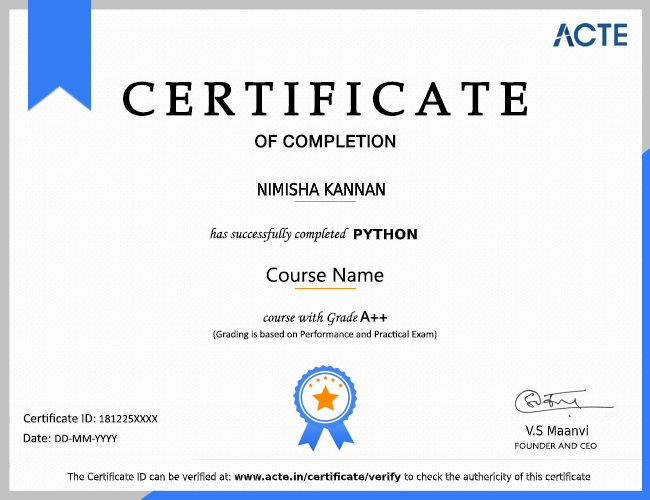As a middle-level language, C combines benefits of both low machine level languages and high-level developer friendly languages. Further, it is fast, structured, portable and has a rich library. These features make C a general purpose programming language, and hence, it finds application across every domain in programming world.
- 1. Operating Systems:
Scripting of UNIX operating system was the primary purpose behind creation of C. Additionally, as programs scripted in C get executed with speeds equivalent to assembly language, C language has been an integral part of the development of multiple operating systems. Unix-Kernel, Microsoft Windows utilities and operating system applications, and a large segment of the Android operating system have all been scripted in C.
- 2. Development of New Languages:
Efficiency of code execution and simplicity have resulted in C directly or indirectly influencing development of many languages including C++ which is C with classes, C#, D, Java, Limbo, JavaScript, Perl, UNIX C Shell, PHP and Python, and Verilog. These languages use C in variable capacity: for instance, in Python, C is used for building standard libraries, while others like C++, Perl and PHP have syntax and control structures based upon C.
- 3. Computation Platforms:
C implements algorithms and data structures swiftly, facilitating faster computations in programs. This has enabled the use of C in applications requiring higher degrees of calculations like MATLAB and Mathematica.
- 4. Embedded Systems:
Various features of C including direct access to machine level hardware APIs, presence of C compilers, deterministic resource use and dynamic memory allocation make C language an optimum choice for scripting applications and drivers of embedded systems.
- 5. Graphics and Games:
C language has been used in the development of a variety of graphics and gaming applications, such as chess, bouncing ball, archery etc.
Real-World Applications of C++
- 1. Games:
C++ overrides the complexities of 3D games, optimizes resource management and facilitates multiplayer with networking. The language is extremely fast, allows procedural programming for CPU intensive functions and provides greater control over hardware, because of which it has been widely used in development of gaming engines. For instance, the science fiction game Doom 3 is cited as an example of a game that used C++ well and the Unreal Engine, a suite of game development tools, is written in C++.
- 2. Graphic User Interface (GUI) based applications:
Many highly used applications, such as Image Ready, Adobe Premier, Photoshop and Illustrator, are scripted in C++.
- 3. Web Browsers:
With the introduction of specialized languages such as PHP and Java, the adoption of C++ is limited for scripting of websites and web applications. However, where speed and reliability are required, C++ is still preferred. For instance, a part of Googles back-end is coded in C++, and the rendering engine of a few open source projects, such as web browser Mozilla Firefox and email client Mozilla Thunderbird, are also scripted in the programming language.
- 4. Advance Computations and Graphics:
C++ provides the means for building applications requiring real-time physical simulations, high-performance image processing, and mobile sensor applications. Maya 3D software, used for integrated 3D modeling, visual effects and animation, is coded in C++.
- 5. Database Software:
C++ and C have been used for scripting MySQL, one of the most popular database management software. The software forms the backbone of a variety of database-based enterprises, such as Google, Wikipedia, Yahoo and YouTube etc.
- 6. Operating Systems:
C++ forms an integral part of many of the prevalent operating systems including Apple OS X and various versions of Microsoft Windows, and the erstwhile Symbian mobile OS.
- 7. Enterprise Software:
C++ finds a purpose in banking and trading enterprise applications, such as those deployed by Bloomberg and Reuters. It is also used in development of advanced software, such as flight simulators and radar processing.
- 8. Medical and Engineering Applications:
Many advanced medical equipments, such as MRI machines, use C++ language for scripting their software. It is also part of engineering applications, such as high-end CAD/CAM systems.
- 9. Compilers:
A host of compilers including Apple C++, Bloodshed Dev-C++, Clang C++ and MINGW make use of C++ language. C and its successor C++ are leveraged for diverse software and platform development requirements, from operating systems to graphic designing applications. Further, these languages have assisted in the development of new languages for special purposes like C#, Java, PHP, Verilog etc.































